Coventry
11th October 2005
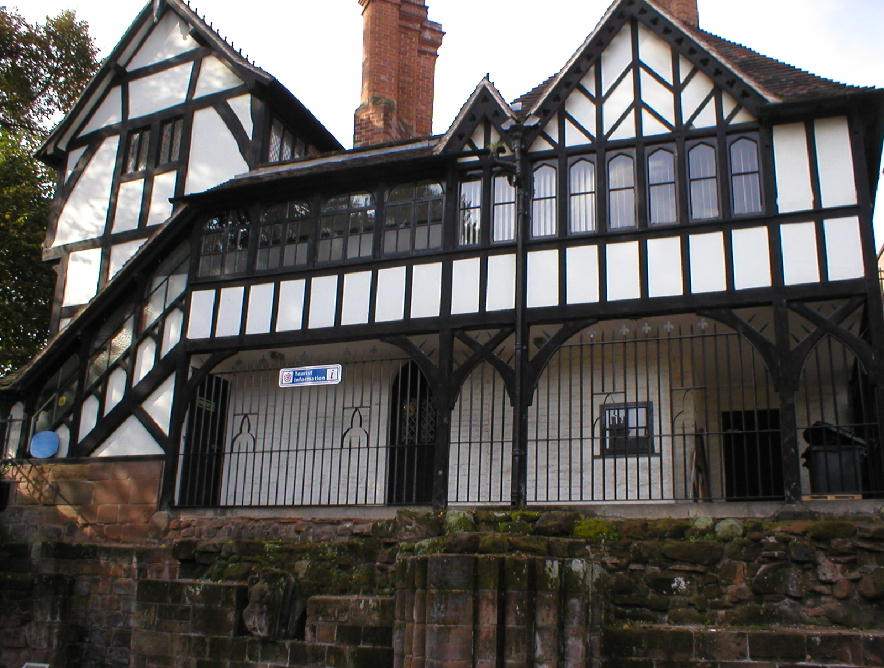
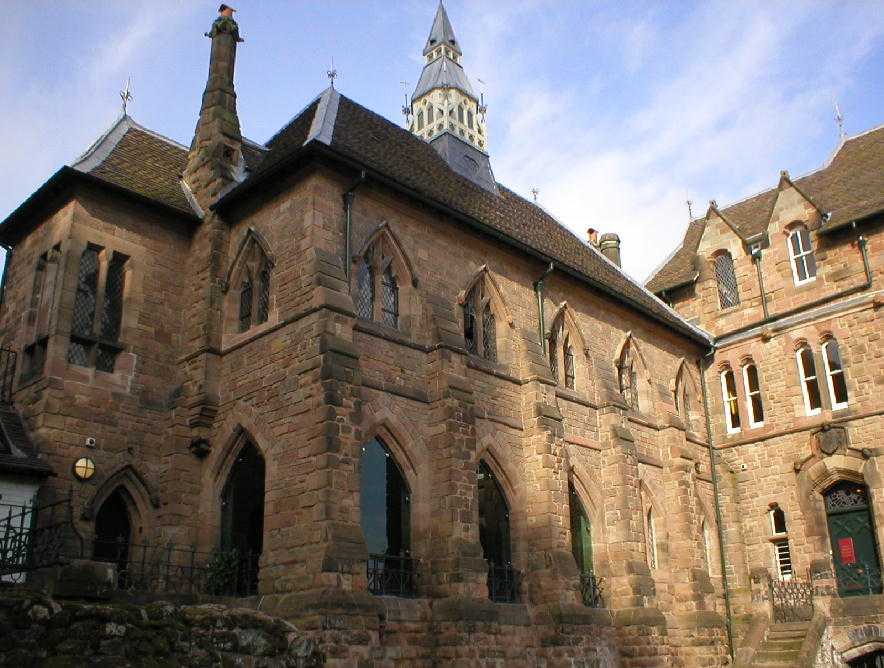
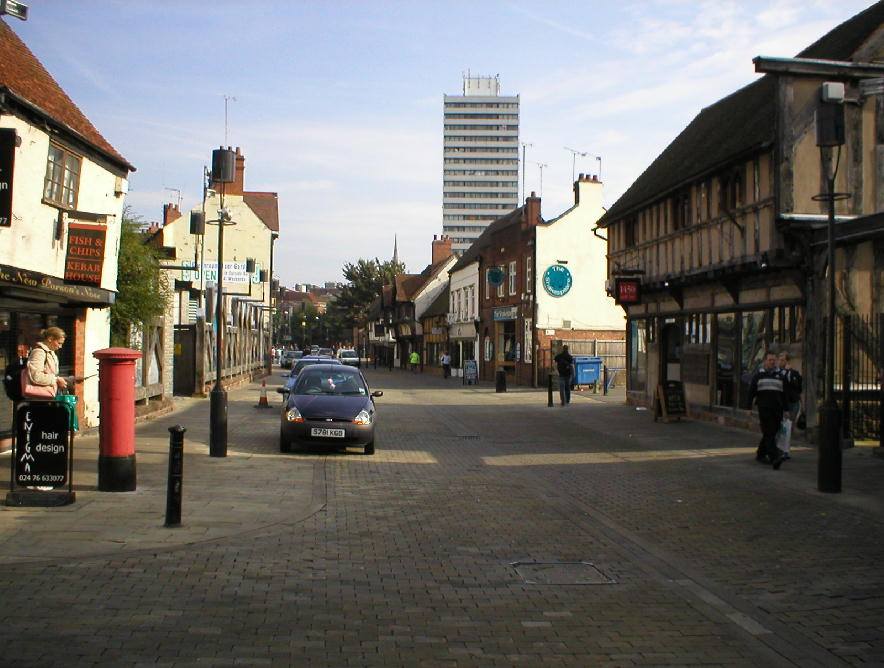
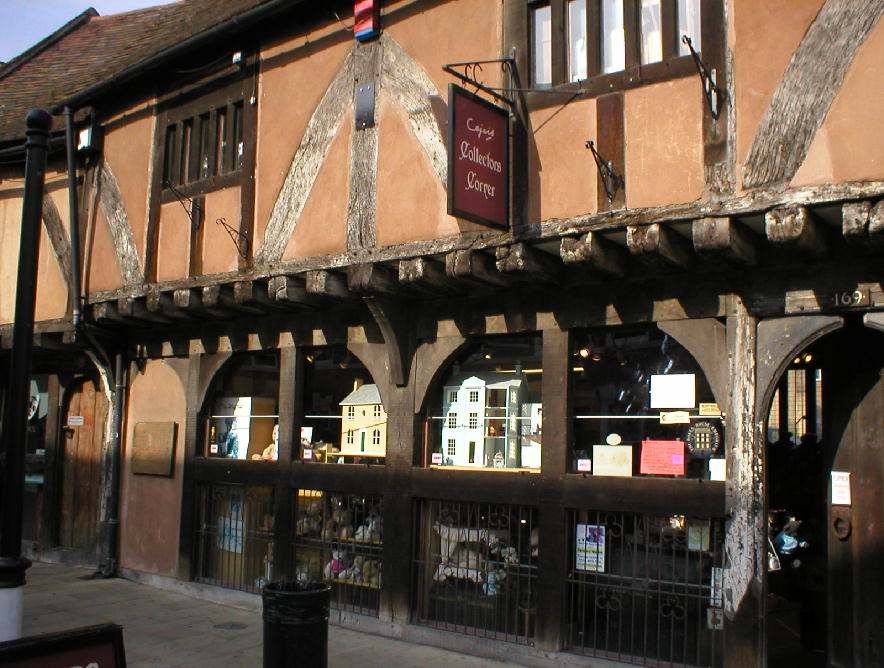
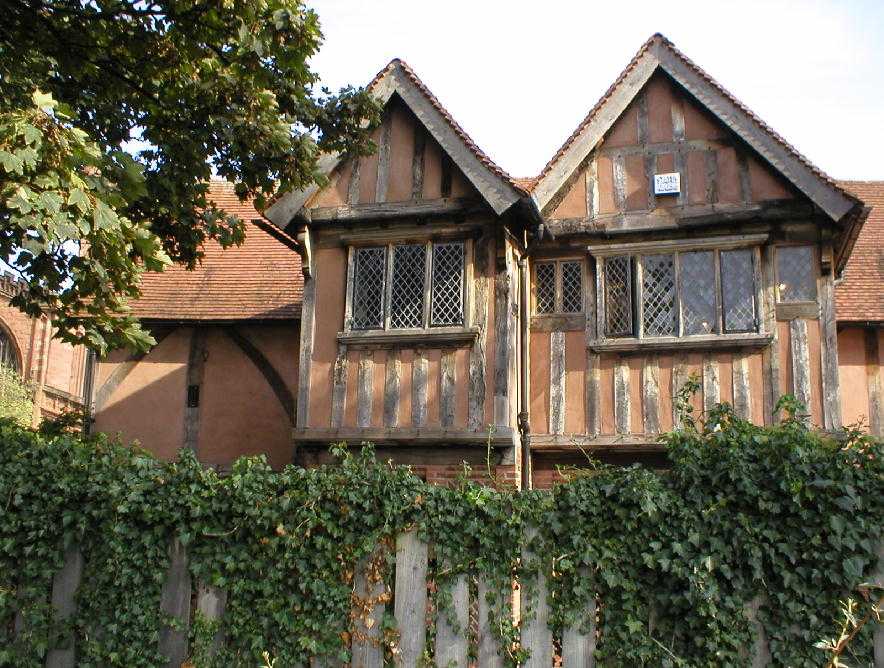
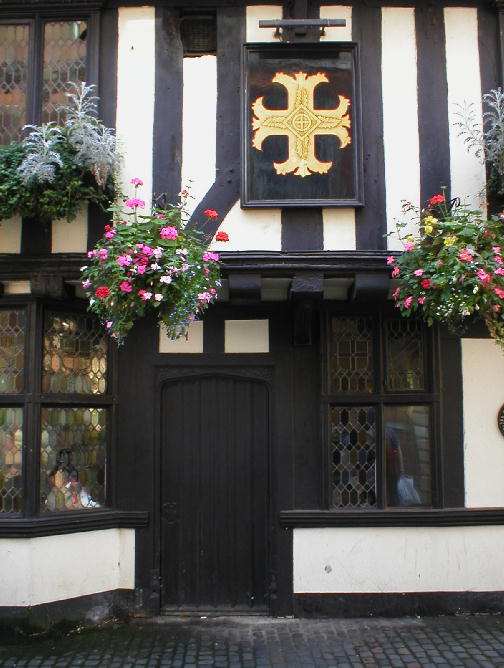
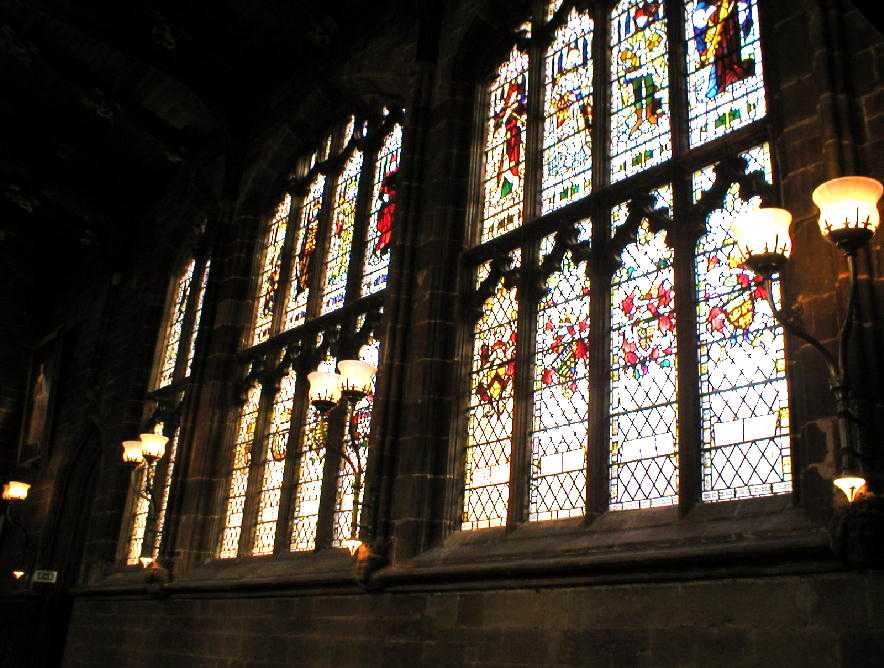
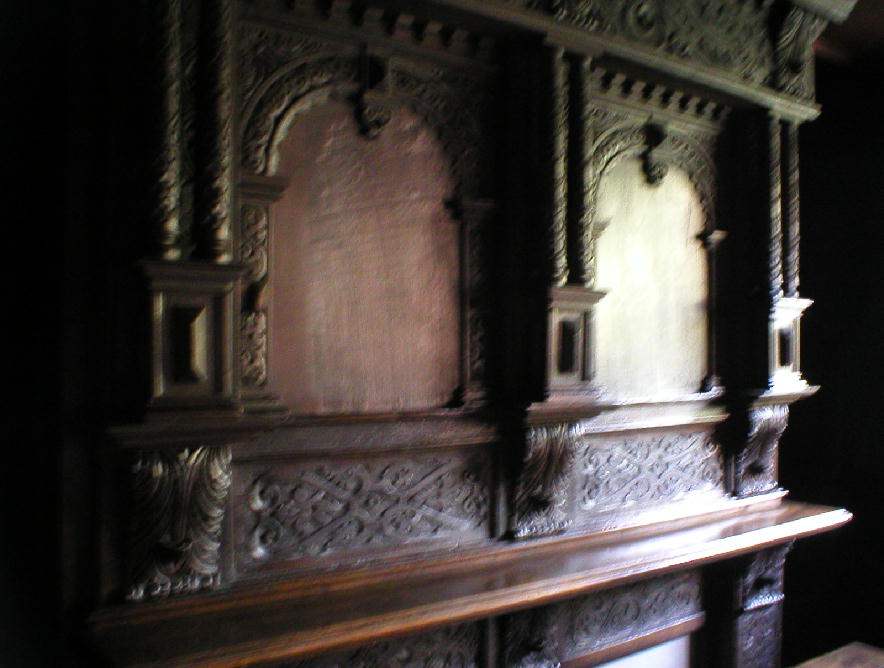


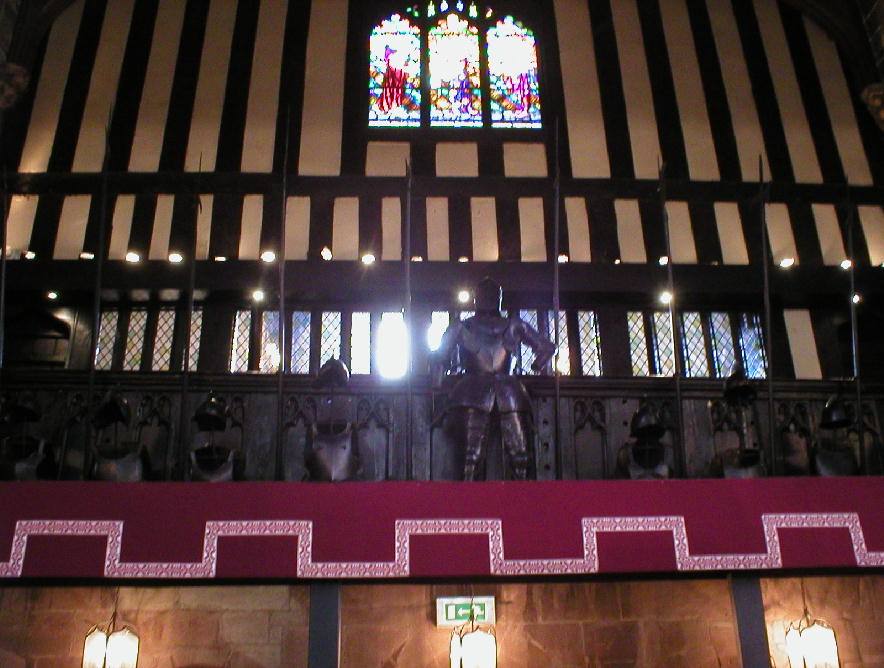
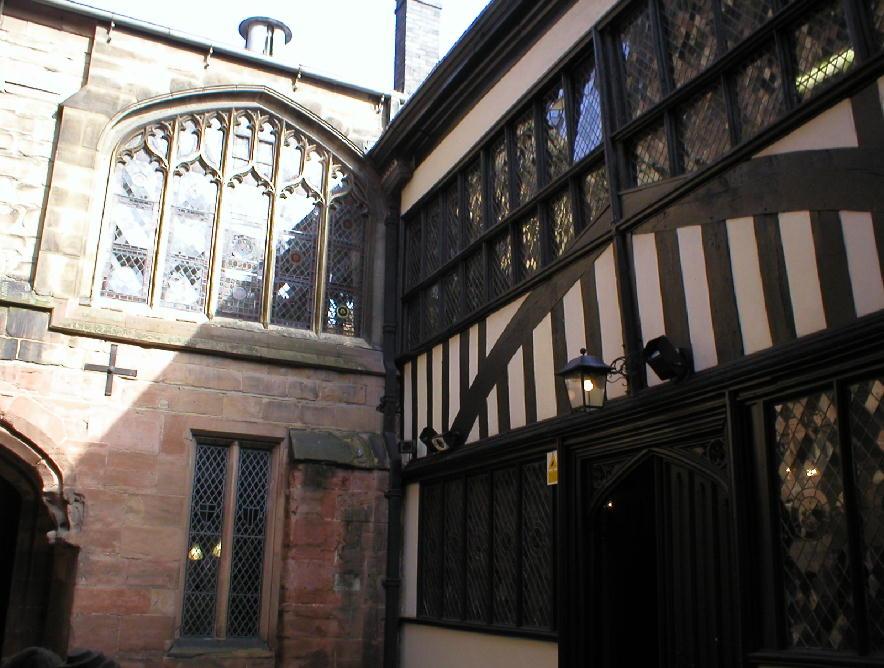
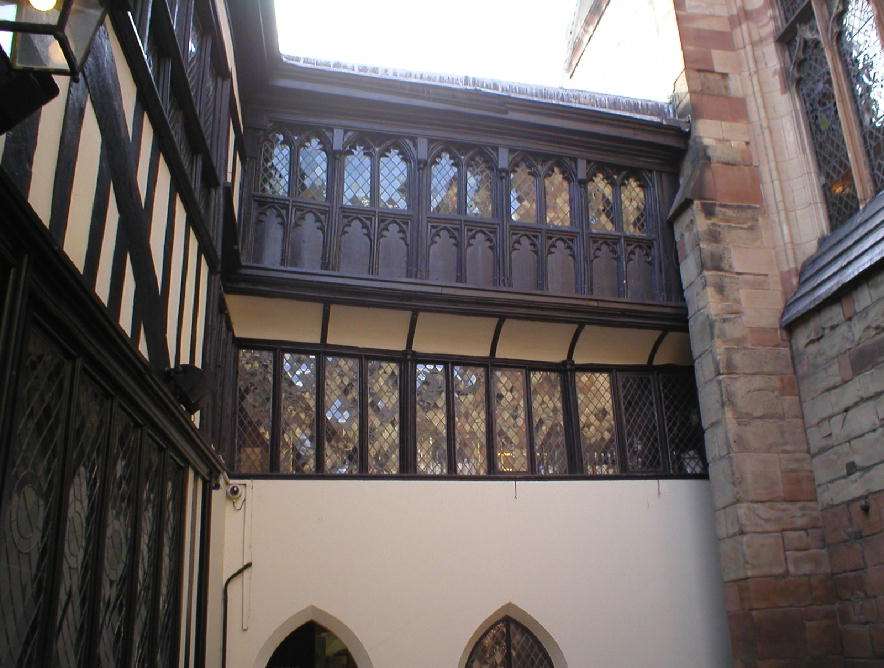
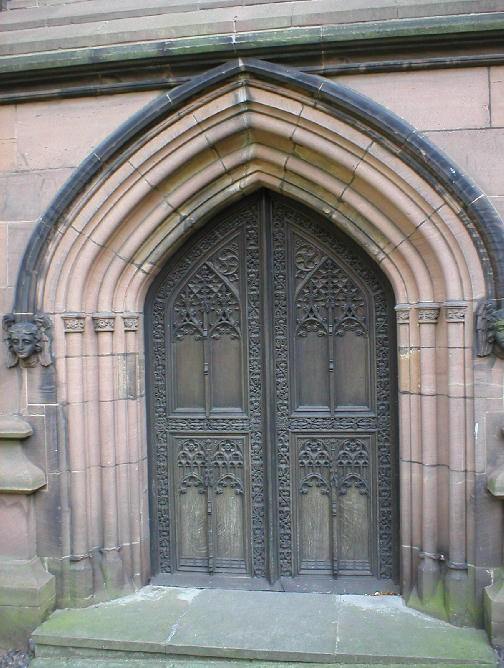
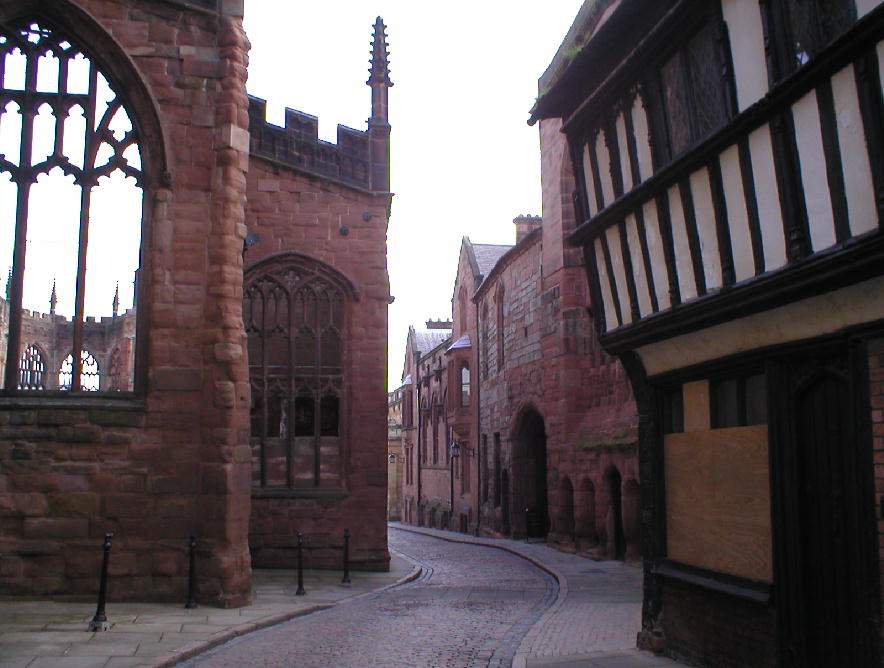
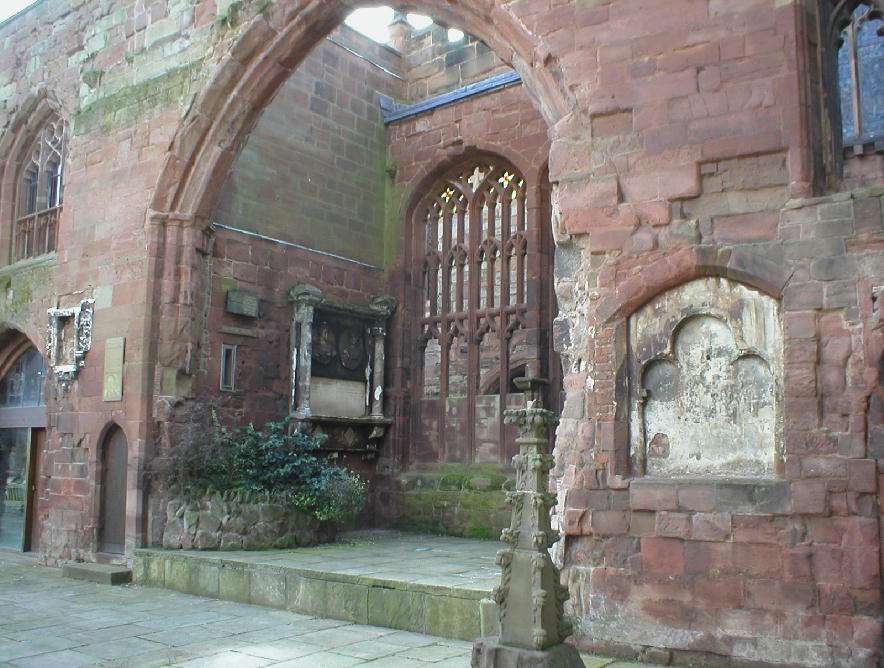
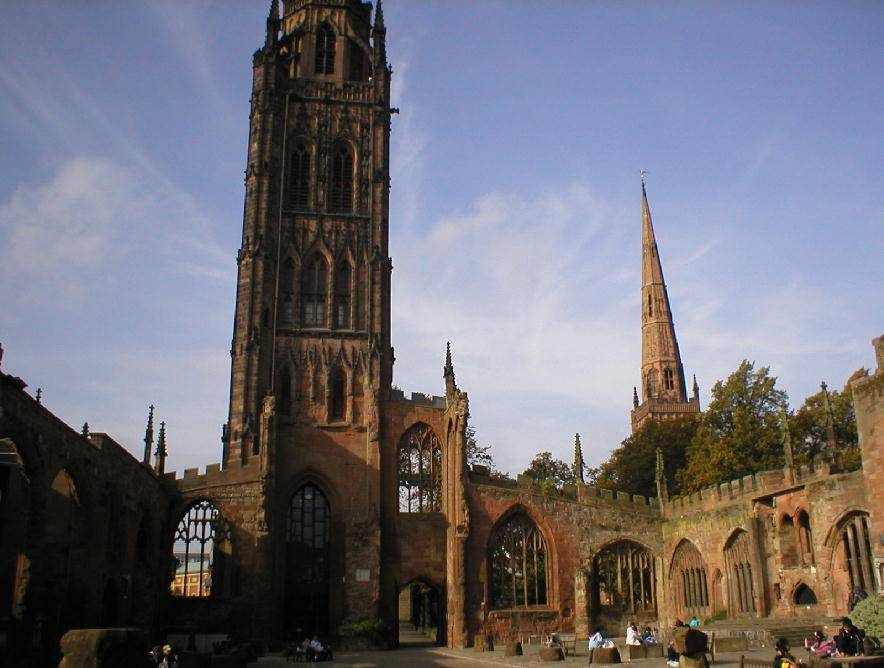
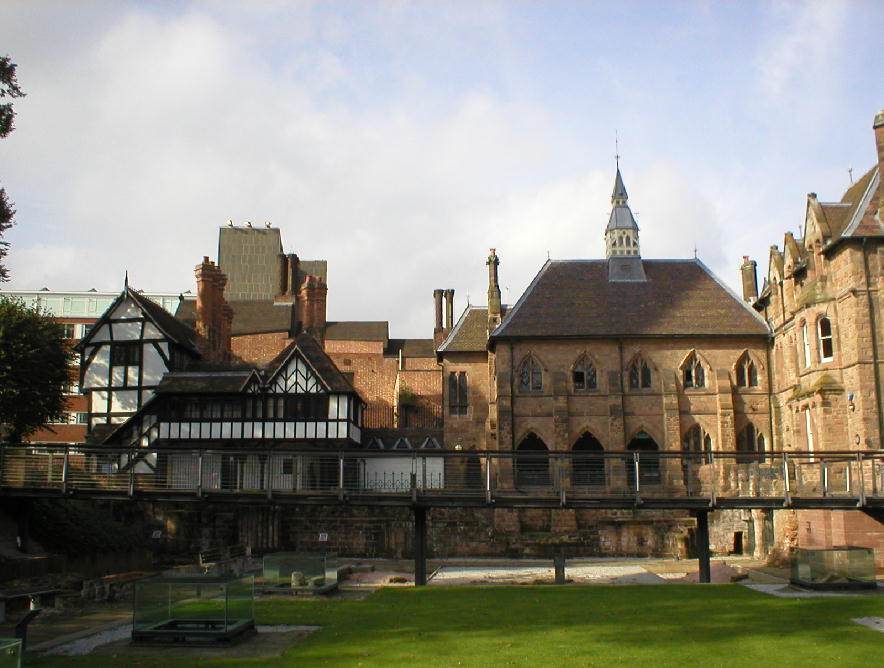
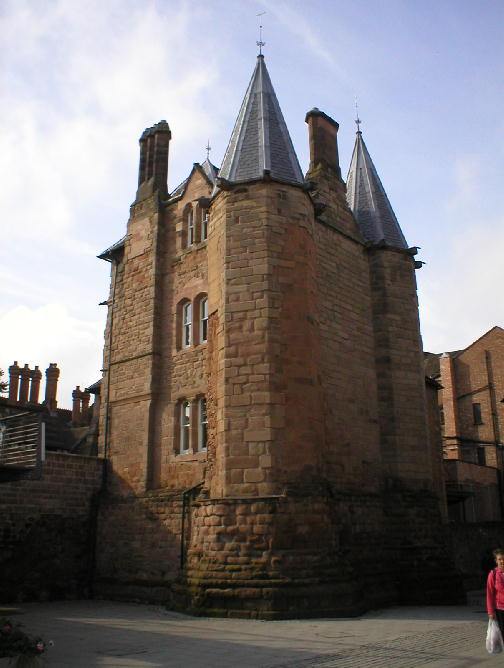
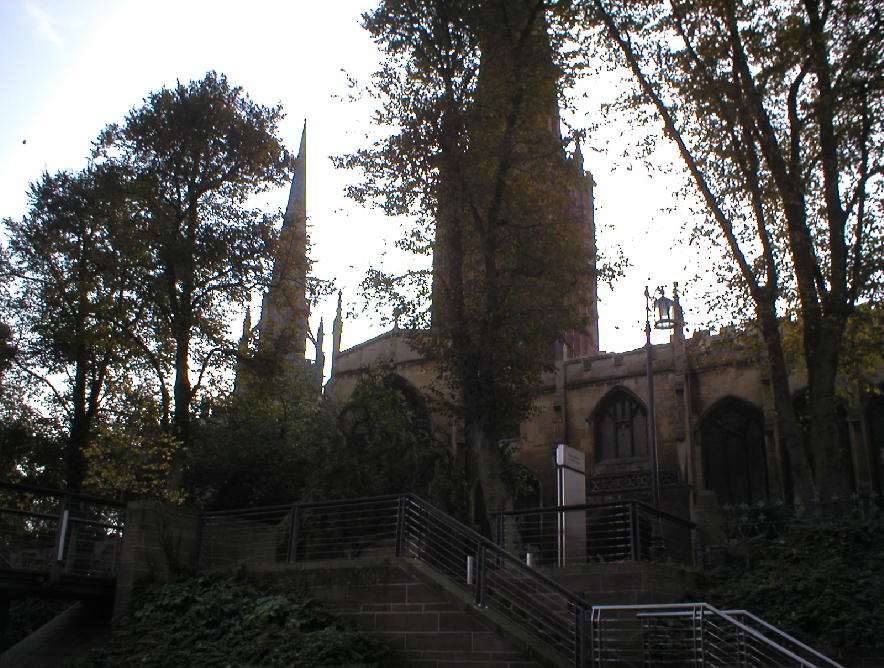
St Mary's Guildhall. One of the finest mediaeval
guildhalls in England, it stands on the other side of Bayley Lane from the ruins
of Coventry Cathedral and has stood at the heart of Coventry since the 1340s.
The Great Hall dates from the late 14th and early 15th century and houses a fine
tapestry dating from 1500. The Mary Queen of Scots Room is so named because of
the imprisonment of the Scottish Queen here in 1569. It also has associations
with George Eliot and William Shakespeare.
Cathedral. Coventry’s earliest cathedral, dedicated to
St Mary, was founded as a Benedictine community by Leofric, Earl of Mercia, and
his wife Godiva in 1043. Built on the site of a former religious house for
nuns, its sheer size is some indication of the wealth which Coventry acquired in
the middle ages.
In 1539, with the dissolution of the monasteries, the See of
Coventry and Lichfield was transferred to Lichfield and the former cathedral
fell into decay. Only in 1918 was the modern diocese of Coventry created in its
own right, and the church of St Michael designated as its cathedral.
The
majority of the great ruined churches and cathedrals of England are the outcome
of the violence of the dissolution in 1539. On the night of 14 November 1940,
the city of Coventry was devastated by bombs dropped by the Luftwaffe. The
Cathedral burned with the city, having been hit by several incendiary devices.